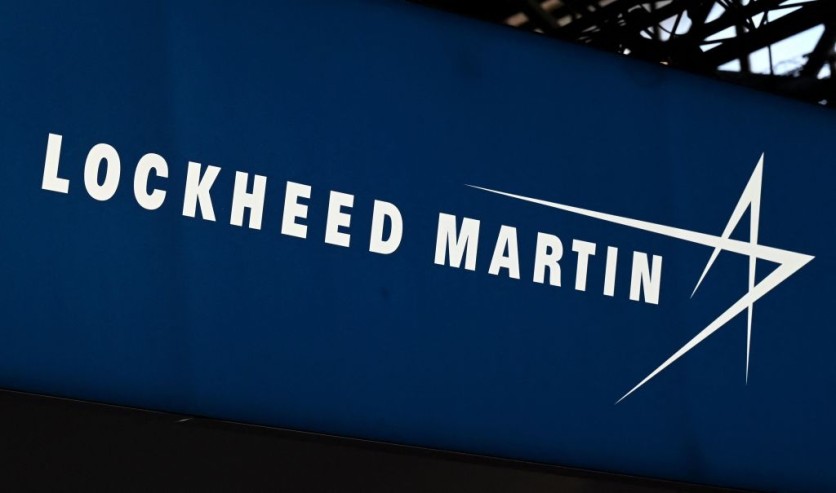Lockheed Martin is proposing a Long Range Anti Ship Missile Surface (LRASM), the AGM 184C mounted on an M142 High Mobility Artillery Rocket System (HIMARS), to meet the Australian Army's requirements through Project Land 4100 Phase 2.

The solution will offer a high degree of commonality with existing ADF systems. The LRASM has been ordered by the Royal Australian Air Force (RAAF) for its F/A-18F aircraft, according to Naval News. Now, it is being considered by the Royal Australian Navy (RAN) as part of their Project SEA 1300.
Furthermore, the Australian Army is looking to procure an initial tranche of HIMARS vehicles through Project LAND 8113. Should Lockheed Martin's proposal be chosen, the procurement of vehicles will be handled separately from LAND 8113 and its other programs.
The LRASM
Unlike other HIMARS modules, the LRASM module passes through the launch mount and extends out both the front and back of the launcher. Before an LSARM module is loaded into the launcher, the toolbox fitted forward of the launcher must be removed in a specific way.
The company already conducted a fit check aboard the US Marine Corp (USMC) KC-130J tanker transport.
The LRASM is a supersonic stand-off anti-ship missile that is capable of attacking both sea and land targets. At sea, the weapon provides the warfighter with a strategic land attack and anti-surface capability before entering a contested environment.
Also Read: Lockheed Martin Successfully Delivers HELIOS, US Navy Gains New Tactical Advantage
Better Defense Against Advanced Capabilities
The LRASM anti-ship missile has a unique capability to acquire and engage targets from extremely long ranges, through heavy interference and countermeasures, to destroy high-value naval task forces.
The Growing Challenges of the Naval Forces
The LRASM was designed to accommodate the growing threats to the Naval Forces posed by adversary's advanced capabilities, including the sophistication of their air defense systems.
The Navy is facing a growing challenge with countries and actors building very advanced anti-access capabilities that are designed to keep the military away from their shores.
The LRASM anti-ship missile has been specifically designed to mitigate these challenges, including the ability to target ships that are hiding in an anti-access area. Using an advanced anti-ship missile will allow the Navy to strike deep, land-based targets from great distances. The LRASM is able to support both offensive and defensive missions, while simultaneously operating in an extremely high-end threat environment.
The LRASM weapon system is a critical enabler of US naval and joint warfighting capabilities. With its long-range, high survivability, and lethality, the LRASM is an ideal fit for Australia's anti-access and area denial environment.
Related Article: NASA Gives Lockheed Martin the Contract to Build MAV and Retrieve Mars' First Samples from Perseverance
This article is owned by Tech Times
Written by April Fowell
ⓒ 2025 TECHTIMES.com All rights reserved. Do not reproduce without permission.




